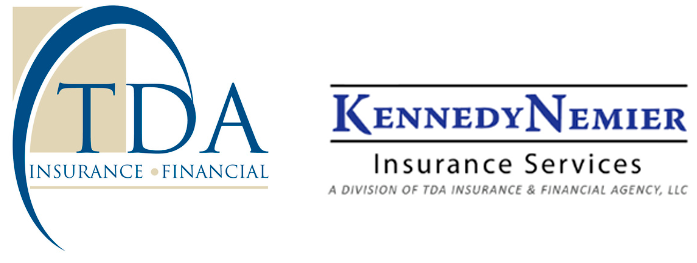Looking for Garage Keepers Insurance in Michigan ?
The terms “garage liability” and “garage keepers” is an issue not only for clients, but most agents and CSRs also find it just as confusing.
Before getting into the actual contract, consider the following example:
“A customer who purchased a vehicle from you brings it back to the lot with a mechanical issue. Your mechanic takes the vehicle for a test drive to see what’s going on, and in the process, hit’s another vehicle. He totaled the other vehicle and injured its driver. He also totaled the customer’s car he was test-driving. The other vehicle and its driver are covered by the garage liability policy, the customer’s vehicle is covered by the garage keepers”.
The answer is not that simple. Start with a basic definition of garage liability. The coverage is, in a sense, the equivalent of combining a business auto form with a commercial general liability form including products and completed operations.
The “Garage Coverage Form, CA 00 05,” has been revised several times, however, the basic architecture hasn’t changed. Examine Section II (Liability) and Section III (Garage keepers).
Section II – Liability Coverage
Section II of the form is broken into two parts: garage operations other than covered autos, and garage operations covered autos.
The intent of the policy is to cover bodily injury or property damage caused by an accident arising out of garage operations. The policy defines garage operations as the ownership, maintenance or use of locations for garage business. It also includes the ownership, maintenance or use of the autos.
The types of autos covered are defined in Section I, but for an auto dealer, you typically cover all owned autos, as well as non-owned autos used in the garage business (normally vehicles being worked on or stored).
The definition broadens the scope of coverage by adding a “catch-all” phrase. It states: “Garage operations also include all operations necessary or incidental to a garage business.” This wording is often open to interpretation by insuring carriers.
Also look at the definition of auto. This definition is simpler but still broad. The policy states, “Auto means a land motor vehicle, trailer or semi-trailer.” Unlike the CGL and business auto forms, there’s no reference to the auto being licensed for use on public roads, no reference to its number of wheels, mobile equipment or anything else.
With all this ambiguity and far-reaching language, what could go wrong?
Enter the exclusions. Exclusion No. 6 is the care, custody or control exclusion. It excludes property damage involving: (d) Property in the insured’s care, custody or control. Reading that exclusion, it becomes obvious that there is a problem with the customer’s vehicles. Any vehicle left with the garage business for repair, storage or even involved on a simple test drive is not covered based on this exclusion.
Keep in mind that third-party claims caused by the customer’s vehicle are covered, the vehicle itself is not.
Section III – Garage Keepers Coverage
Garage Keepers coverage is an optional line offering protection to the garage business for loss to a customer’s auto left in the insured’s care, custody or control. The policy clarifies that by saying, “while the insured is attending, servicing, repairing, parking or storing it in your garage operations.”
All the garage keeper intends to accomplish is to buy back the coverage lost in the care, custody or control exclusion under the liability portion of the garage form.
Garage Keepers coverage offers three options:
1. Legal Liability. This is the most common. The protection applies to a customer’s vehicle damaged due to the insured’s negligence – such as the mechanic wrecked the customer’s car while test driving it or the customer’s vehicle was left unlocked and unattended after hours.
2. Direct Primary. This form covers the customer’s vehicles regardless of liability. In a loss caused by no action of the insured such as a weather loss, or a theft although the vehicle was adequately protected, the direct primary garage keeper pays.
3. Direct Excess. This is the rarest option, although it’s the best. The form affords protection to an insured for the loss to a customer’s vehicle regardless of liability, just as direct primary does. The difference is in the event of the insured having no liability, the form will only pay in excess of any other collectible insurance.
If this sounds confusing, we’ll help you understand it better. Give us a call today and we’ll go through your options with you.
How to get started on your quote
To get started on your quote, call our office or click over to our quotes page. Either way we’ll make the process simple!
